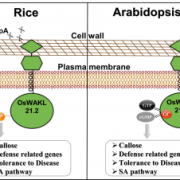
A moonlighting kinase induces immune responses in rice and Arabidopsis ($) (Plant Physiol.)
Plant Science Research WeeklyBacterial infections are a serious issue for crop plants and it is thus imperative to understand the mechanisms employed by plants to develop resistance against pathogens. Malukani et al. have identified a receptor kinase in rice, WALL-ASSOCIATED KINASE-LIKE 21 (OsWAKL21.2) that perceives pathogen-induced…
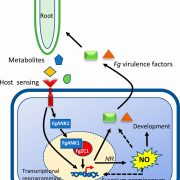
Mechanistic insights into host perception by a fungal pathogen (PNAS)
Plant Science Research WeeklyHost perception is crucial for soil-borne microbes to successfully colonize plant roots. Ding et al. conducted transcriptome analysis of the fungal pathogen Fusarium graminearum (Fg) in the presence of its host plant Brachypodium distachyon (Bd), either without direct contact (precontact) or during colonization.…
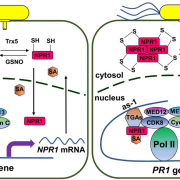
Master regulator of gene expression in plant defense upregulates its own transcription (Plant Physiol.)
Plant Science Research WeeklyNPR1 (NONEXPRESSER OF PR GENES1) is a master regulator that controls expression of over 2000 genes during plant defense. NPR1 interacts with transcription factors to activate expression of defense genes, but the mechanism is poorly understood. Chen et al. determined that in the presence of salicylic…
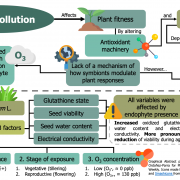
The negative effect of a vertically transmitted fungal endophyte on seed longevity is stronger than that of ozone transgenerational effect ($) (Environ. Exp. Bot.)
Plant Science Research WeeklyGlobal environmental change brings new challenges to plants at different levels, including seed development and persistence. For example, the increasing ground-levels of ozone (O3) can affect seed viability, as a result of changes in the mother plant antioxidant machinery. These responses might depend…

Plant Science Research Weekly: May 15th
WWR Full PostReview: Evo-physio: on stress responses and the earliest land plants
Streptophytes are a grade of mostly freshwater algae that transitioned into land, a singularity that in turn gave rise to all present terrestrial flora. This passage along the hydrological gradient that culminated in land habitation…

Water Pass: the aquaporin ZmPIP2:5 contributes to water transport at the gatekeeper cells
Plant Physiology, Plant Physiology: News and Views, ResearchMagdalena M. Julkowska, King Abdullah University of Science and Technology, Thuwal, Saudi Arabia, ORCID: 0000-0002-4259-8296
[email protected]
Water transport is essential for many physiological processes in vascular plants. One of the forces driving water transport across roots…
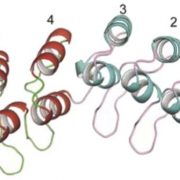
Molecular Snapshots of the AKT1-CIPK23 Complex Involved in K+ Uptake
Plant Physiology, Plant Physiology: News and Views, ResearchDhineshkumar Thiruppathi 1,2
ORCID ID: 0000-0002-2018-3356
Donald Danforth Plant Science Center,
Saint Louis, Missouri 63132
1Lead author
2Author for contact: [email protected]
Potassium (K+) is the most abundant intracellular cation in all living organisms…
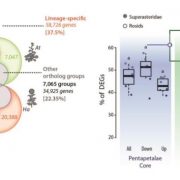
All Together Now: Phylotranscriptomics Reveals Core Responses to Fungal Infection Across the Pentapetalae
Research, The Plant Cell, The Plant Cell: In BriefOver 450 million years of land plant evolution has led to the acquisition of diverse and often overlapping sets of defense responses that limit pathogen infection. Decades of research has uncovered canonical immune pathways that provide resistance to specialist (hemi)-biotrophic pathogens relying on…

Plantae Presents: Elizabeth Haswell and Naomi Nakayama
Blog, Plantae Presents, Research Skills0 Comments
/
Due to the COVID-19 pandemic many seminar series and conferences have been canceled or postponed. In response to this, and to make sure plant scientists can continue to communicate their latest work to their peers, The American Society of Plant Biologists launched a virtual seminar series via our online…

